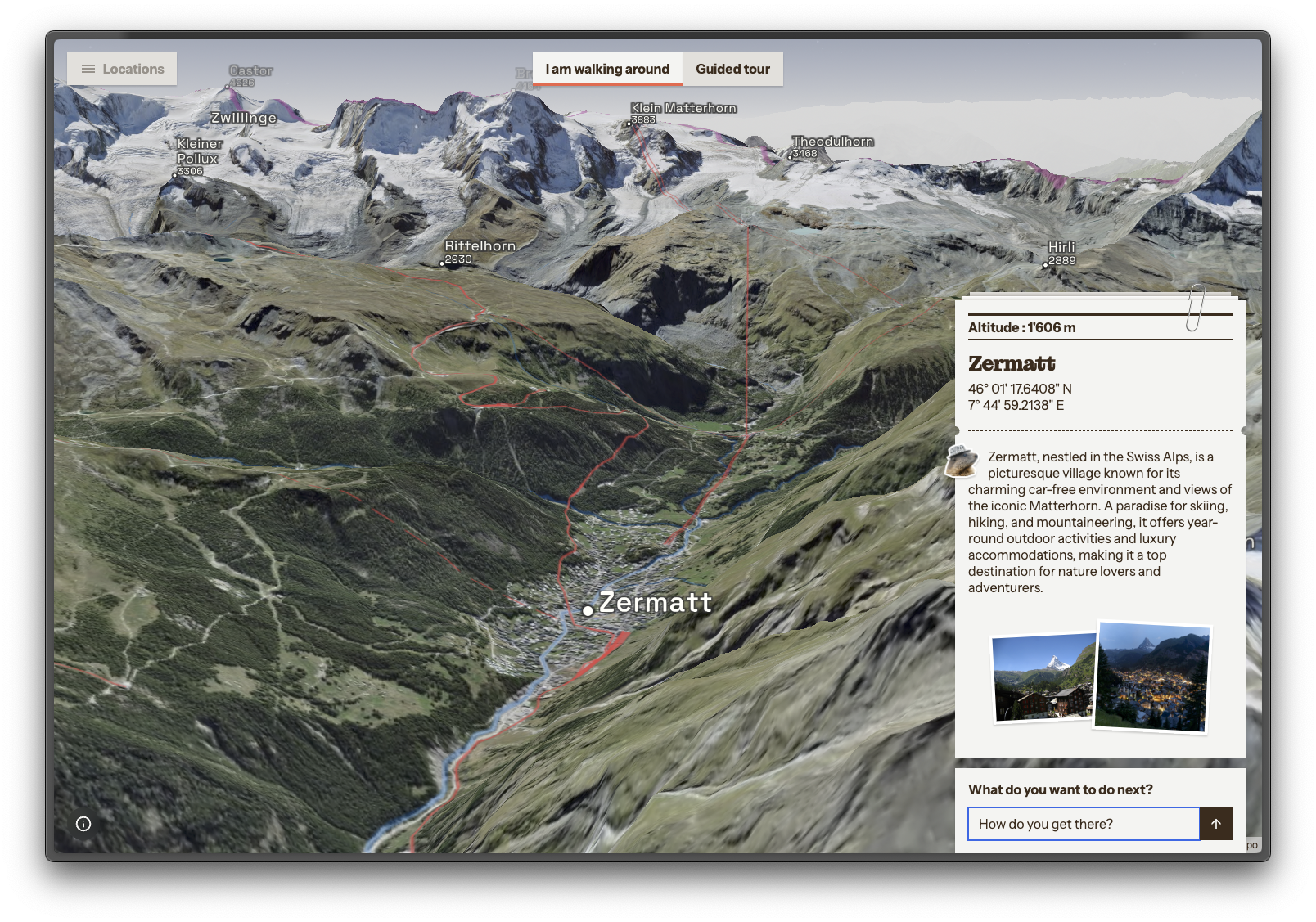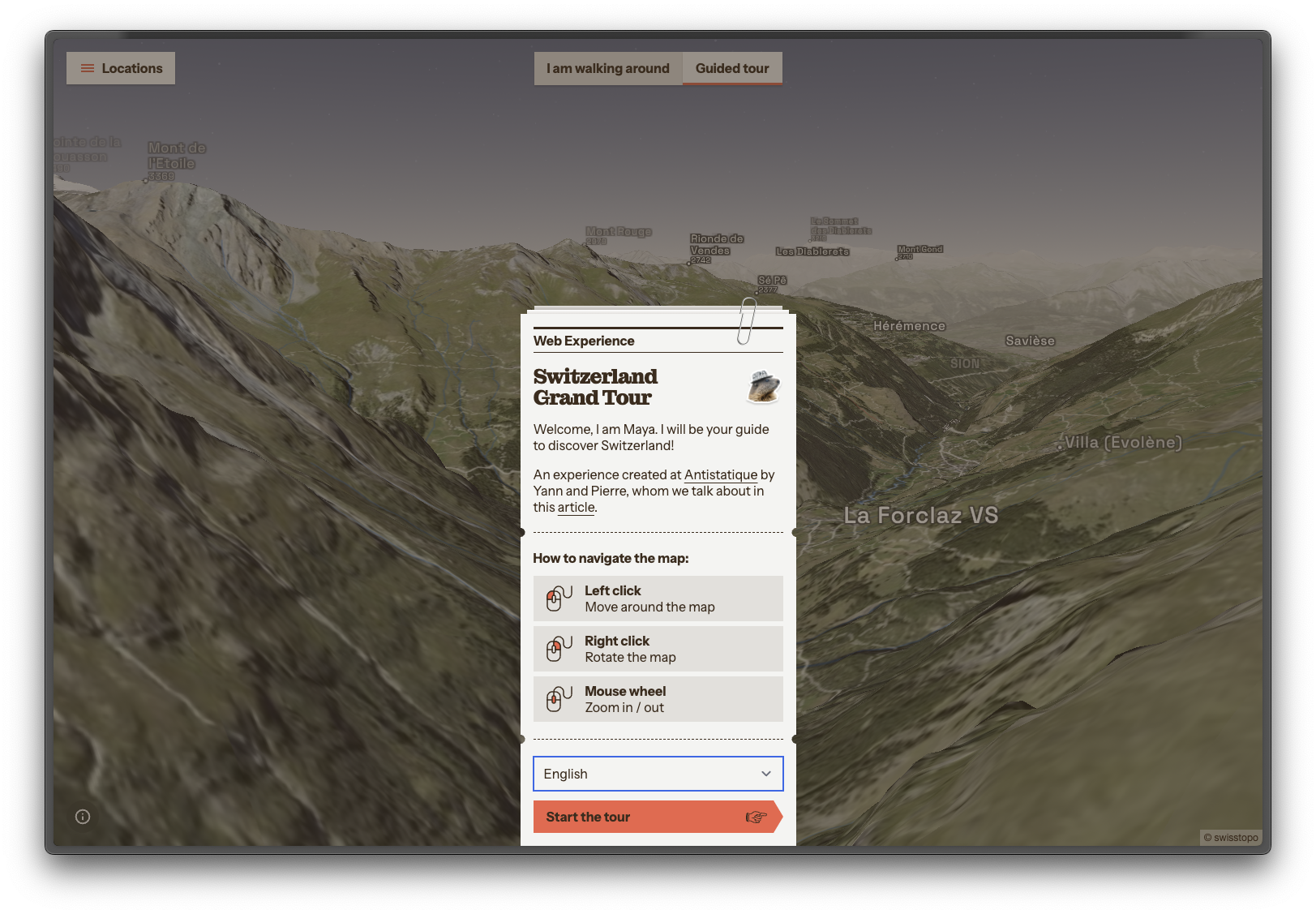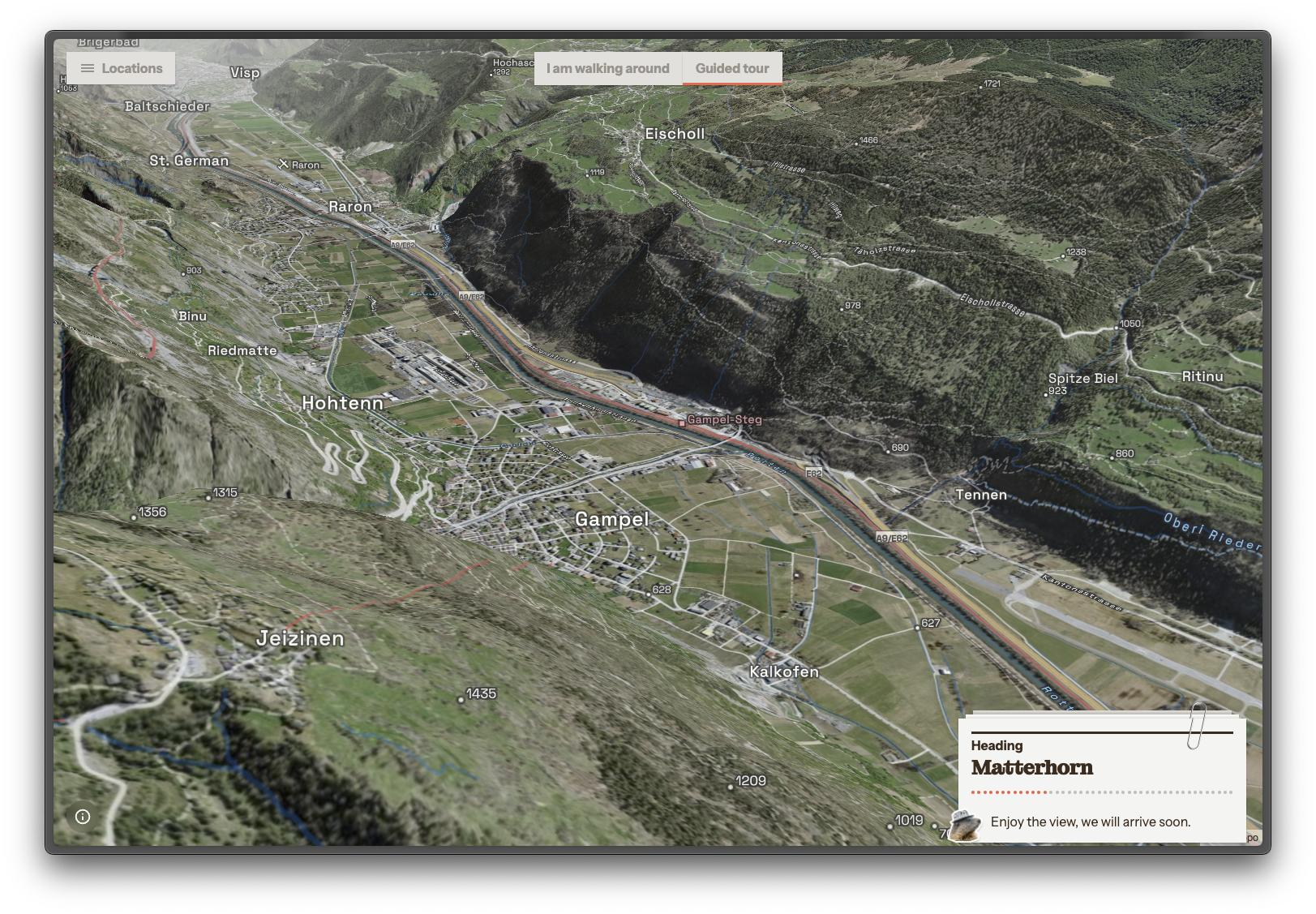Innovation is one of the reasons that motivate us and push us forward. Now, can we still talk about innovation when working with artificial intelligence? Behind this very catchy term, used to popularize technological advances in deep learning and language models, lies an ocean of possibilities. Indeed, it's interesting to have at our disposal a text field that answers all our questions and requests, but we still need to know what to do with it. Now that these new tools are available, we have the next decade to define their fields of application.
First Experience
Proud to be at the forefront in its field, our agency wishes to make public and highlight its internal research. This is so that we can also be known, in addition to the projects we are particularly proud of, for more experimental and immersive creations, unique experiences.
For this first project, we focused our reflection on artificial intelligence and what these tools could bring to a web product. We materialized this concept through the idea of being guided through our beautiful country by an AI, a language model, which could present us with selected places and answer all our questions about them. Not being the real target audience, the idea is to offer this guided tour to the whole world, each in their native language.

Maya is Born
Although very motivated to train an LLM ourselves, the AI behind the presentations and answers, the time constraint we set for this project, six days, did not allow us to go that far. Especially knowing that extremely efficient and "intelligent" service models are available. We opted for GPT-4, the latest arrival from OpenAI, which, in addition to providing very satisfactory information, supports a very large number of languages.
Now, it's not just about sending requests to OpenAI's API, we also need to define our AI's identity. We opted for Maya, a marmot specialized in Swiss tourism who will only accept questions and requests concerning subjects related to Switzerland.

Multilingual by Nature
With our four national languages, we are well-placed to understand the importance of offering an experience in one's mother tongue. This is where the interest of artificial intelligence lies, as it is capable of understanding and responding in a multitude of languages. We are no longer limited to the few languages mastered by local guides, who generally switch to English with less common dialects. Maya is capable of holding a conversation in Tamil as well as in Swahili. We break down the language barrier to enter and understand Switzerland.
Flying Over the Reliefs
To be able to visit Switzerland from your computer or mobile phone screen, what better than a 3D map? Thanks to Mapbox technology and imagery from the Federal Office of Topography, swisstopo, we were able to set up an immersive visualization of the guided tour, but also autonomous exploration. Simply click on the name of a place, city, or peak to get a detailed description and a more in-depth discussion. The map is the navigation and interaction interface between the internet user and artificial intelligence.

Going Further
Six days to explore this concept forces us to focus on the essentials; namely an AI-guided tour of Switzerland. Now we could go much further by dynamically creating an itinerary based on what we want to discover about the country or by suggesting activities around us. And these are just two small ideas thrown out there, imagine what would be possible with more time!
Although at the dawn of this new era, we already have solid knowledge about the possibilities that artificial intelligence brings. Don't hesitate to contact our team to define, together, what opportunities are available to you and your project!